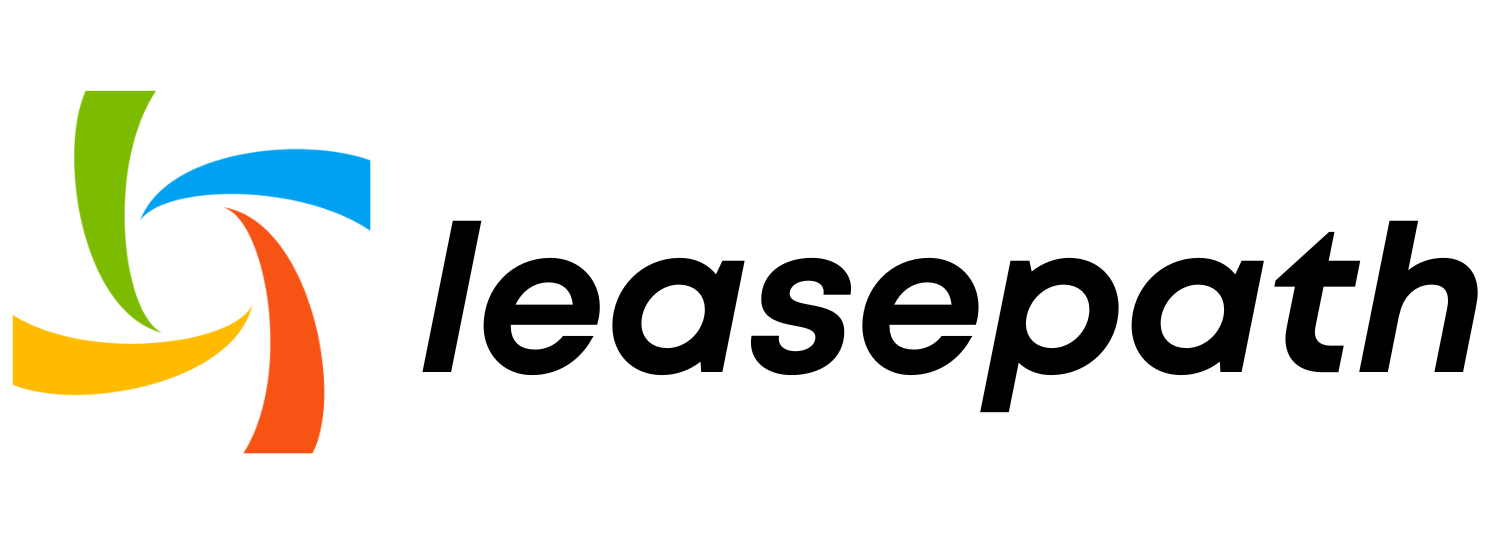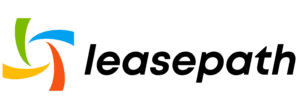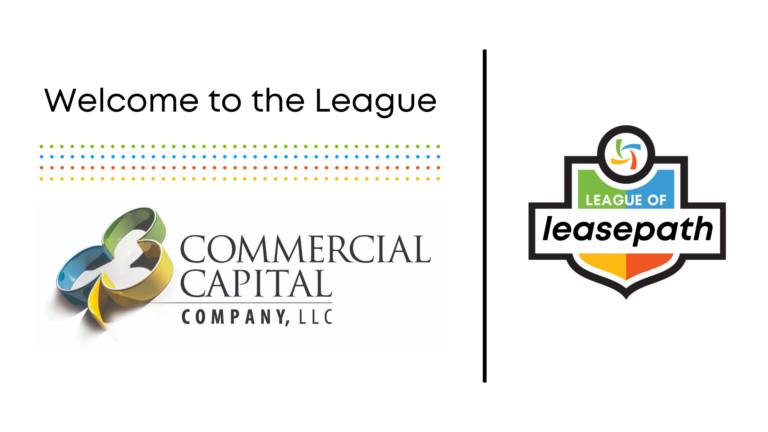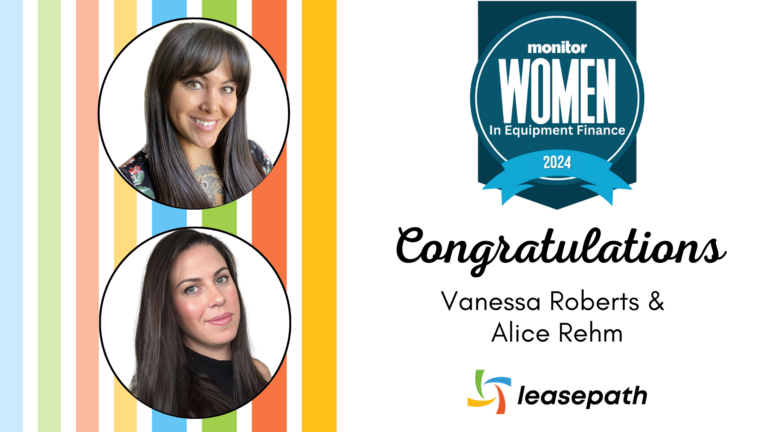Innovation is one of the hottest topics in equipment finance and how well industry participants adopt forward-thinking strategies will determine the future of the space. Sean Scampton of Leasepath explains how technology infrastructure and company culture are two areas most primed for innovation (and disruption) in equipment finance.
EDITOR’S NOTE: Article originally appeared in the Monitor Vol 48, No. 5
From an operations standpoint, disruption evokes an air of anxiety and panic. After what we’ve all experienced together these past months, it could be a reminder of critical infrastructure breaking down as society and industry coped with how the world was rapidly changing. Cyber-attacks, sweeping governmental changes, even acts of God all seem more ever-present, leaving the foundation under us feeling as unstable as ever.
But change has always been constant and ever present. Before 2020, we regularly anticipated being disrupted. Why else would we have contingency plans and redundant backups, if not to maintain the status quo? And while the status quo is certainly more predictable, supporting it at all costs motivates us to ignore opportunities to evolve as disruptive events occur.
“Any product or service goes through stages of disruption,” said Deborah Reuben, innovation influencer to equipment finance and founder of the TomorrowZone think tank. “The first is digitization, the second is deception. We’re firmly in the deception phase as an industry, because it’s deceptive to think you can do the same thing forever.”
You could say that one person’s “disruption” is another’s “chance to innovate.” But in exploring the dichotomy between disruption and innovation, we can find that viewing disruptive events as opportunities to innovate produces numerous benefits.
If we accept the concept that change is constant, what does it look like to lean into the chaos and foster innovation? What does it mean to consider disruption something that organizations choose willingly; that serves as a rally cry for operational transformation? Companies that embrace change and seek opportunities for innovation are the ones that weather whatever is thrown their way.
“Adapt or Die”
In the movie “Moneyball,” Oakland A’s General Manager Billy Beane finds himself in one of these moments of disruption as he prepares to lose three high-profile players to competing teams. Peter Brandt explains to him that clearing the payroll presented an opportunity; instead of overspending for stars, the A’s could reallocate resources towards obtaining skills that the club needed at a lower cost while zeroing in on the exact tools needed to produce more runs, and therefore more wins.
“Adapt or die,” Beane famously spouts in the film. It is a rallying cry from a real-life innovator that ignored how other organizations approach problems. Instead, he looked inward, broke down their requirements to the numeric, reevaluated their processes, and proceeded to wildly change his industry for the better. But the A’s have not rested on those laurels. As other organizations have adopted their ideas, just as competitors will in equipment finance, they are continually evaluating and disrupting the processes they pioneered to stay ahead.
By intentionally continuing that cycle of disruption to innovation to transformation, the A’s are prepared to adapt in creative manners. Maybe they needed that initial disruptive event to shake themselves into going down a different path, but we’re already far too aware of the damage that can come to pass.
And like the A’s, equipment finance companies must make the daily choices to lean into the chaos and seek innovative solutions. For most, this transformation will require investment and intentional engagement in two major areas: technology infrastructure and corporate culture.
Grounded in Disruption
Believe it or not, the equipment finance industry is historically grounded in reacting to disruption. The original lease contracts were written on clay tablets, allowing Sumerians to acquire the ships, land, and livestock needed for economic growth when such options didn’t exist. A few innovators saw an opportunity to profit and essentially created an industry that allowed lessors to profit from their assets indirectly. From those auspicious beginnings, the modern equipment finance business model has developed a cozy relationship with the conservative banking sector. This has allowed banks to dictate the pace of innovation for the entire industry, which has led to a level of comfort with the status quo.
“There is risk in not evolving,” shared Jim Zelinskie, longtime equipment finance executive. “For the longest time, there was a lack of need for disruption or changes in the process; the industry was successful at what we were doing. In some sense, a level of malaise has fallen over the industry as we have become stuck in the bank culture and found security in existing technology.”
Zelinskie and Bryn Mawr Equipment Finance had recently moved much of their technology infrastructure to a true Cloud in order to streamline processes, but their reward wasn’t fully realized until they needed to abruptly shift from purely on-premise operations to work-from-home.
“The technology enabled us to pivot in an unexpected way,” said Zelinskie. “It forced us to recognize that business can be conducted remotely with efficiency and success.” Certainly, no one predicted the pandemic to come, but by placing more time and financial resources towards becoming more agile and dynamic, Jim also prepared his business for the world-shaking disruption to come.
Today, technologies and solutions are more accessible than ever, and taking the modern approach with Cloud allowed more operational flexibility than was initially required. Choosing to implement that technology was in and of itself a disruptive event, but that digital transformation process Bryn Mawr underwent prepared not only the infrastructure, but the people that drive business as well.
“In embracing modern technology, there was a shift in our culture,” said Zelinskie. The team was not only ready in terms of their tools, they were mentally and organizationally ready for a major disruption event to hit. It took vision and intentionality to seek what’s best over what is easy.
Consumer technology trends have helped reshape how customers demand to engage with companies, forcing those companies to adopt new solutions. And the pandemic has only served to accelerate that pace of adoption. Consider that video conferencing apps are now standard fare when just eighteen months prior teams were still wrapping their heads around e-signature. Change is happening too fast to be complacent, something the Bryn Mawr team learned well. Companies that are intentional about exploring and investing in modern, intelligent user experiences and architecture are substantially more capable of remaining agile.
Culture of Innovation
Like technology, creating a culture of innovation is not a one-time activity; it requires ongoing investment and nurturing. The process begins with making diversity of thought an integral part of your culture. That means actively bringing new perspectives into your boardrooms. By accessing a variety of voices and perspectives, you create more avenues for evolution with more creative solutions.
Change starts at the top, and must be driven from within. In terms of creating a culture of innovation, this means leadership must be the champion of change. Leadership must lean into disruption that change will create. They must be open to investigating ideas that could challenge the status quo. And they must take brave steps to start conversations internally that may go in unexpected directions.
Banks and finance companies that have adopted a “if it ain’t broke, don’t fix it” mindset will find themselves unable to keep up with the pace of digitization in equipment finance. They must empower and encourage employees to look for new ideas where “nothing appears broken.” Whether its regular meetings dedicated to hearing and sharing new ideas, workshops for exploring new technologies, or even just simple encouragement when staff take an interest in improving an element of the business, if employees feel ownership over the change the chance that it makes an impact is increased dramatically.
Getting the most out of these exercises requires us to be more intentional about our hiring practices and about how we connect with our teams. Simply adding new people isn’t the challenge, rather it is in specifically adjusting what qualifications and intangibles we’re seeking. As a personal example, our team is in the midst of adding to our ranks. Experience in demonstrating needed skills is great, but we’re specifically asking ourselves, just as Billy Beane asked himself, what specific skills we need to add to our team and if we can acquire them from unexpected places. Each team is different, but a room full of people with similar life experiences will lead to similar outcomes.
Embracing this maxim over the last decade, Zelinskie has intentionally recruited, mentored, and promoted Millennials and Gen Yers for several years. In doing so, he built a pool of talent that were more “tech-savvy” to help him see beyond his own horizons. That team gave the organization fresh eyes at every level of the business, seeing risks and challenges that were previously obscured. This has given Bryn Mawr insight into how technology could be applied, perspective on organizational risks and accelerated their ability to gain buy-in. This produced a more skilled and capable team, coming in handy when the company needed to dramatically shift to work-from-home within hours.
Finding What’s “Broke”
“When it comes to digital adoption, we are four to ten years ahead of where we thought we’d be!” said Reuben. “Change is happening too fast to rest on our laurels. We must be paying attention to disruptive forces of change or we risk being disrupted.”
Paying attention emphatically does not mean burying one’s head in the sand and expecting circumstances to adjust to your needs. Adopting a posture of innovation allows us to develop an organizational stamina that can withstand wild paradigm shifts as well as minor disruptions.
Like the A’s, companies that are intentional about leaning into that disruption can fashion for themselves a “future-proof” foundation; they’ll be rewarded with opportunities only available to those with that competitive advantage as paradigms continue to shift.

About the Author
Sean is the director of sales and marketing for Leasepath, the cloud-first CRM and LOS platform that is bringing the Intelligent Workplace to equipment finance. Sean was recently named one of the Monitor’s NextGen Leaders of equipment finance. He speaks and writes regularly on the topics of digital transformation, technology adoption, change management, and sales leadership.
